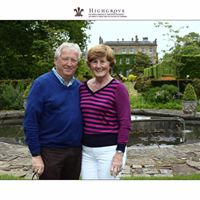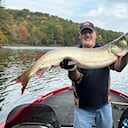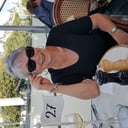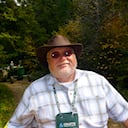What is the name of the playground equipment the little boy is standing on and trying to balance?
Shown in the picture is a young boy trying to balance or level himself on a typical playground piece of equipment called a seesaw, also known as a teeter-totter or teeterboard.
This playground equipment is described as a long, narrow board supported by a single pivot point called a fulcrum, most commonly located at the midpoint between both ends. The ends rotate going up or down- as one end goes up, the other end goes down.
Typically a person sits on each end, and they take turns pushing their feet against the ground to lift their side into the air. Playground seesaws usually have handles for the riders to grip as they sit facing each other, however this primitive seesaw in the picture lacks those handle grips.
The word seesaw is a direct Anglicization of the French ‘ci-ca’, meaning literally, ‘this-that’, suggesting the back and forth motion of the seesaw. There are other suggested origins of the word including the combination of ‘scie’ - the French word for ‘saw’ combined with the Anglo-Saxon term ‘saw’. Thus, ‘scie-saw’ became ‘see-saw’.
In the early 2000s, seesaws have been removed from many school playgrounds in the U.S. citing safety concerns. If a child allows himself/herself to hit the ground suddenly after jumping, or exits the seesaw at the bottom, the other child may fall and be injured. For this reason, seesaws are often mounted above a soft surface such as foam, wood chips, or sand.
More Info:
en.m.wikipedia.org








